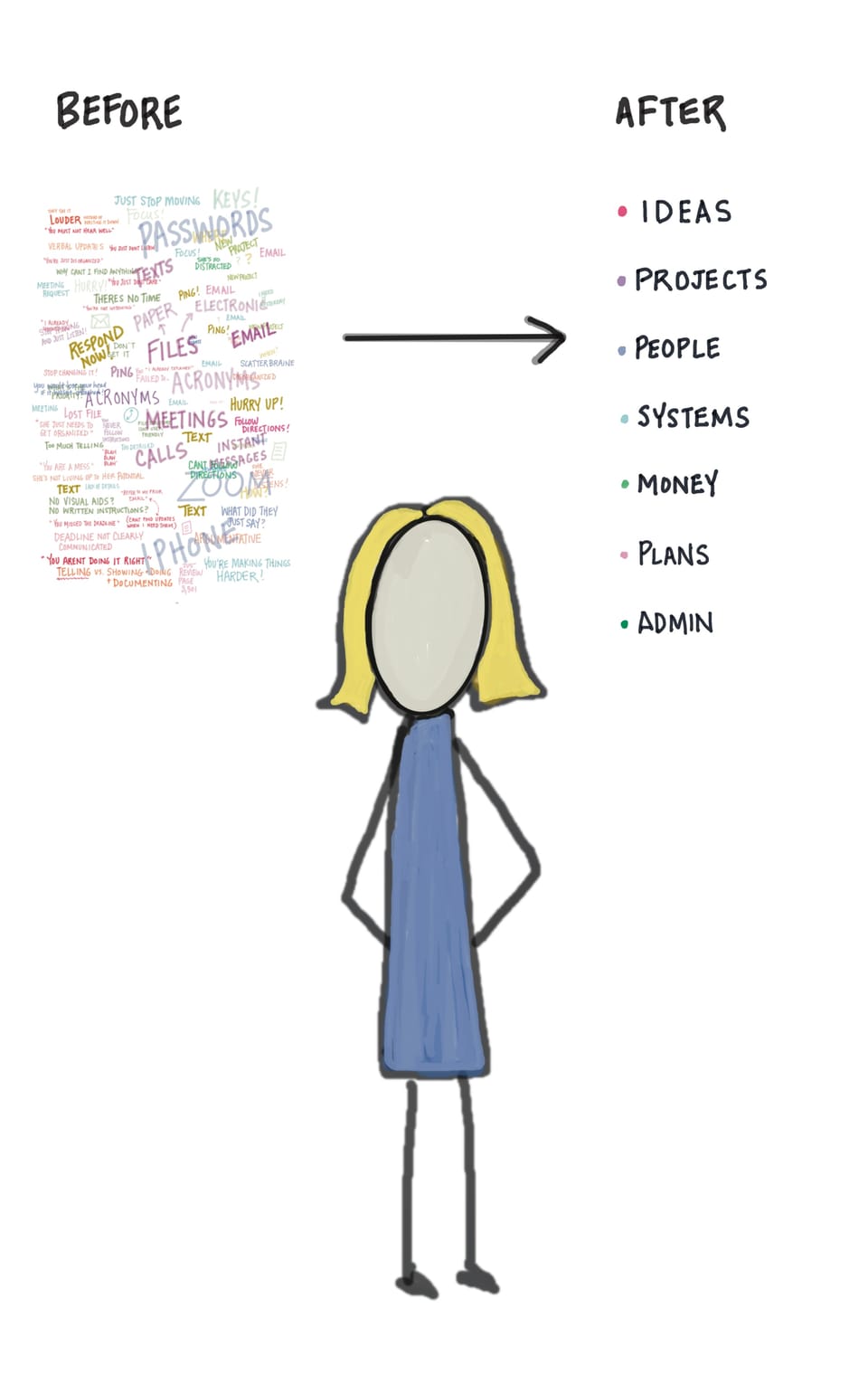From Diagnosis to Action: How ADHD Made Me a Better Leader

Revealing My Diagnosis: A Necessity for Support
When I disclosed my late life ADHD diagnosis, at 41, it was largely for practical reasons. As the leader of our family business, I needed to explain my challenges so I could get better team support.
The diagnosis didn’t change how I saw myself—I knew I was capable and intelligent. But it explained why I struggled with multi-step directions and why visuals were essential for my productivity.
What I didn’t expect was the negative way others viewed and treated me after revealing my diagnosis.
Misunderstood and Underestimated
I quickly realized that many people didn’t understand ADHD or how to work with someone who has it.
Some equated it with a lack of intelligence: When I asked for a written (instead of verbal) set of instructions, a colleague repeated the instructions louder and slower, as if I couldn’t hear them.
Small frustrations built up.
- When I asked for acronyms to be explained in meetings, one employee mockingly defined all of them, saving the one I asked about for last.
- Despite my repeated requests for labeled spreadsheet columns, they were always ‘forgotten.’
- And when I needed help with our file system, the office manager rolled her eyes and acted like I was lazy. (After she left the company, I found an outline of the whole system in her desk drawer).
But the most painful moment came when a former employee I’d fired for poor performance publicly accused me of being “off my meds” and mentally unstable.
These experiences sparked deep self-doubt and shame —something many people with ADHD struggle with.
Building a More Inclusive Workplace
Inspired by Gandhi’s words, “If you want to change the world, start with yourself,” I began to work on building the more inclusive and supportive work environment that I needed.
I hired a visual thinker to help implement project management software and we moved files to a Google Shared Drive. These changes made it easier for me to find information, delegate tasks, and work independently.
I introduced "no meeting days" to focus on deep work without interruptions. I signed up for virtual co-working sessions, to make sure I avoided procrastination, and had accountability for important deadlines.
I made countless other changes to reduce confusion and build on my areas of strength.
As I implemented each change, I noticed increased collaboration and improved workload sharing across the team.
During the pandemic, the systems I had put in place made the shift to remote work seamless.
Many of the “ADHD hacks” I developed for myself, became valuable tools for the whole company.
Elastic Life is a reader-supported publication. To receive new posts and support my work, consider becoming a free or paid subscriber.
Clarity is Kindness
I no longer apologize for my ADHD, nor do I expect others to disclose their challenges.
Instead, I advocate for clarity and access to information. These are universal principles which improve performance, foster support, and allow for well-deserved time off.
Universal principles can work for everyone.
If you're ready to lead more inclusively, start by rethinking how you support the cognitive diversity on your team.
By fostering transparency, leveraging strengths, and promoting inclusivity, you just might create a work environment where everyone can thrive.
Tips For Cognitive Inclusion
- Make it Easy to Find: Ensure information is easily accessible. This builds trust and boosts productivity.
- Leverage Strengths: Recognize the unique strengths of neurodivergent individuals. Varied perspectives drive innovation and improvement.
- Promote Inclusivity: Implement systems that support diverse working styles and cognitive profiles. Doing so strengthens teams and fosters new talent development.
- Remove Barriers: Just as you wouldn’t ignore a request for a wheelchair ramp, don’t overlook accommodations for neurodivergent individuals. Be proactive in providing support and job aids so they don’t have to ask.
Books on Cognitive Inclusion:
Reynolds, A., & Lewis, D. (2017). Teams Solve Problems Faster When They’re More Cognitively Diverse. Harvard Business Review. Read Here.
Dunne, M. (2021). The Neurodiversity Edge: The Essential Guide to Embracing Autism, ADHD, Dyslexia, and Other Neurological Differences for Any Organization. Read Here.
About the Author: Karin McGrath Dunn is former President and Chairperson of PRD Management, Inc., and founder of Resourceful Leaders, LLC. Karin is an ACC ICF Leadership Coach who works with creative entrepreneurs, neurodiverse leaders and innovative teams. Her work-life insights have been featured in The Wall Street Journal, SHRM Magazine, and ThirdPath Institute. This article was first published in September 2024.

Member discussion